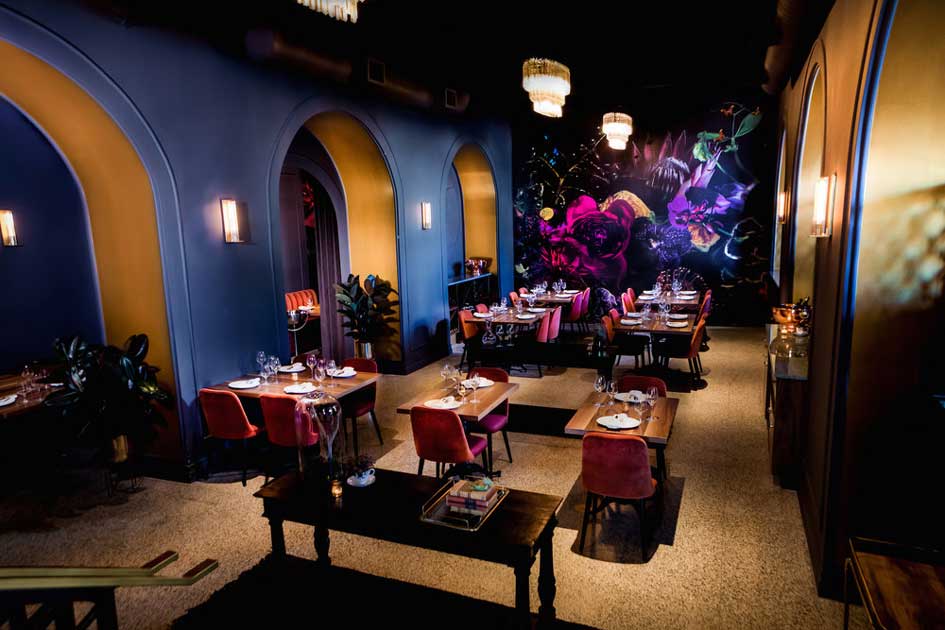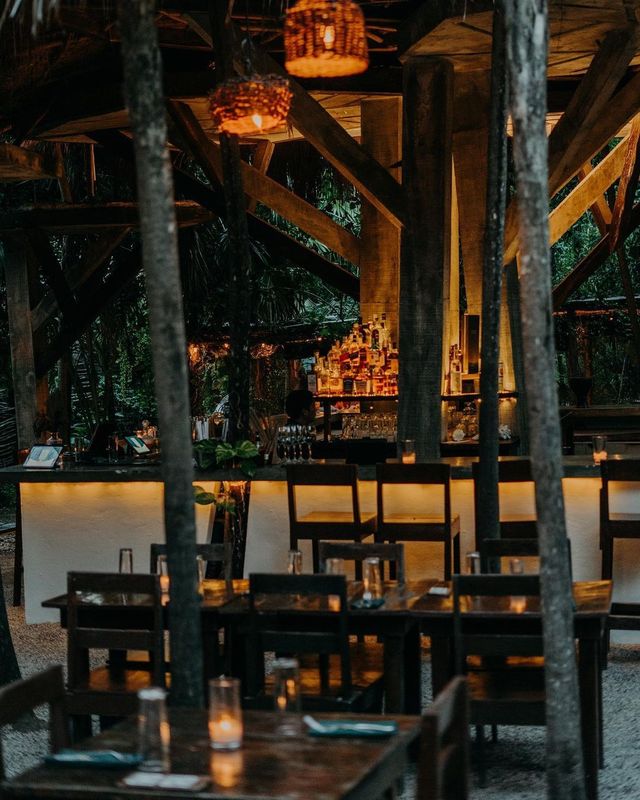Pan Asian Dining Islamabad: Relish Authentic Asian Recipes
Pan Asian Dining Islamabad: Relish Authentic Asian Recipes
Blog Article
Savor Genuine Oriental Cuisine With a Pan-Asian Twist for a Cooking Experience
Starting a cooking trip via genuine Oriental food, improved with a Pan-Asian spin, provides an one-of-a-kind possibility to explore the rich tapestry of tastes that define the area's varied cooking practices. This experience invites you to enjoy the splendid balance of preferences-- wonderful, salted, spicy, and sour-- balanced by aromatic natural herbs and spices. Think of the ingenious blend of Thai curry and ramen or the unforeseen delight of sushi burritos. As you ponder these luring dishes, think about the cultural narratives and historical impacts that form them, each bite offering a story waiting to be discovered.

Checking Out Pan-Asian Tastes
In the world of global gastronomy, Pan-Asian food stands out for its impressive diversity and the harmonious interplay of flavors from various Eastern cultures. This cooking technique commemorates the abundant traditions and unique active ingredients discovered throughout the continent, creating a tapestry of preferences that is both appealing and enjoyable. Trick to Pan-Asian cuisine is its capacity to stabilize different tastes-- pleasant, salted, spicy, and sour-- while highlighting the freshness and top quality of each active ingredient.
From the umami-rich soy sauce of Japan to the intense chili peppers of Thailand, Pan-Asian food uses a considerable scheme of tastes. These aspects are frequently combined in inventive means, enhancing meals with layers of intricacy. As an example, making use of fragrant herbs such as lemongrass and cilantro, common in Vietnamese and Thai cuisine, includes a rejuvenating brightness to recipes, while the unification of coconut milk supplies a velvety, abundant texture.
The focus on fresh produce and fragrant flavors makes sure that each dish is not only a feast for the preference buds but additionally for the senses. Pan-Asian food invites restaurants to start a cooking journey, checking out the large and varied landscapes of Oriental gastronomy with every bite.
Blend Dishes to Attempt
While Pan-Asian cuisine is celebrated for its traditional flavors, the modern-day cooking landscape is significantly accepting blend recipes that blend these traditional components with influences from other areas. This cutting-edge method not just honors the rich heritage of Eastern cookeries but also presents unique taste experiences that attract contemporary tastes buds.
A prime instance of such a combination dish is the Korean-Mexican taco, where seasoned bulgogi beef is covered in a warm tortilla, topped with kimchi and a zesty gochujang-infused salsa. This mix marries the bold, full-flavored flavors of Korea with the vivid, fresh elements of Mexican food. Likewise, sushi burritos have gotten popularity, amalgamating the delicate creativity of Japanese sushi with the passionate, hand-held convenience of a burrito, frequently including blend active ingredients like tempura shrimp and avocado with a drizzle of wasabi mayo.
One more significant meal is Thai curry ramen, which infuses the creamy, fragrant seasonings of Thai curry right into the soothing brew of standard Japanese ramen, creating a harmonious mix that tantalizes the detects. These combination recipes expand past mere uniqueness; they stand for a culinary discussion in between societies, motivating expedition and technology worldwide of Pan-Asian cuisine.
Necessary Active Ingredients and Spices
To genuinely appreciate Pan-Asian food, one should understand the vital active ingredients and seasonings that create its structure. This diverse cooking design attracts from a rich tapestry of Eastern practices, using a harmonious mix of flavors and textures. Key ingredients consist of soy sauce, fish sauce, and oyster sauce, which present a savory umami depth vital to Eastern meals. Corresponding to these are rice vinegar and mirin, lending a delicate acidity and sweetness.
Fragrant components are critical, with ginger, garlic, and lemongrass being common throughout numerous Pan-Asian recipes. i loved this These components supply an aromatic base that enhances the complexity of tastes. Spices such as celebrity anise, cardamom, and cinnamon introduce warmth and character, echoing influences from areas like China and India.

Food Preparation Strategies and Tips
Mastering the art of Pan-Asian food needs knowledge with its distinctive food preparation techniques, each find out here contributing to the lively tapestry of tastes this culinary custom is commemorated for. Central to these techniques is the stir-fry, a rapid cooking strategy that maintains the nutritional honesty and vivid shades of ingredients. Making use of a wok, the stir-fry technique enables for also warmth distribution, essential for achieving the characteristic appearance and taste balance of Pan-Asian dishes.
One more basic strategy is steaming, particularly widespread in Chinese food. This gentle technique keeps the natural tastes and nutrients of components, making it suitable for seafood and veggies. Dumplings, a cherished staple, commonly gain from steaming, resulting in soft, succulent structures.
Cooking, also indispensable, passes on great smoky midsts to dishes such as Korean bulgogi or Japanese yakitori (pan asian restaurant Islamabad). This strategy commonly includes marinading ingredients, allowing flavors to pass through deeply prior to cooking over an open flame or warmer
Last but not least, mastering the art of stabilizing flavors-- sweet, sour, salty, bitter, and umami-- is essential. Effectively layering these components can raise a recipe from average to amazing, using a complicated and satisfying culinary experience that personifies the significance of Pan-Asian food.
Eating Experiences Worldwide
Across the world, Pan-Asian food supplies an unmatched dining experience, commemorated for its rich tapestry of tastes and vivid presentations. This cooking phenomenon has transcended social limits, capturing the hearts and tastes buds of food enthusiasts worldwide. In multicultural cities fresh York, London, and Sydney, Pan-Asian restaurants act as fusions where culinary traditions from Thailand, Japan, China, and past merge, supplying diners with a diverse mix of dishes that highlight the area's diversity.
The worldwide charm of Pan-Asian cuisine depends on its capacity to supply both authenticity and advancement. Chefs masterfully marry conventional components such as lemongrass, soy sauce, and miso with contemporary strategies, leading to meals that are both refreshingly new and familiar. This combination allows diners to get started on a cooking trip that appreciates heritage while embracing modernity.
Furthermore, eating experiences are boosted through thoughtfully developed environments that reflect the values of Pan-Asian important site visual appeals. From minimal Japanese-inspired interiors to dynamic Thai-themed areas, each restaurant offers a distinct setting that enhances the culinary offerings. Consequently, customers are not simply eating a dish but partaking in a social experience, making Pan-Asian dining a really international phenomenon.
Final Thought
The exploration of Pan-Asian cuisine offers an extensive understanding of the detailed interplay of tastes and cooking traditions throughout Asia. By embracing blend recipes such as Thai curry ramen and sushi burritos, the cooking journey not just highlights the versatility of typical components yet additionally showcases innovative modern-day techniques. This gastronomic experience, improved by vital flavors and cooking methods, provides an unique opportunity to appreciate the cultural variety and cooking virtuosity that define Pan-Asian food on a worldwide range.
Embarking on a cooking trip through authentic Oriental cuisine, boosted with a Pan-Asian twist, provides a special opportunity to check out the abundant tapestry of flavors that specify the region's diverse cooking practices.In the realm of international gastronomy, Pan-Asian cuisine stands out for its amazing diversity and the harmonious interaction of tastes from different Asian societies. Key to Pan-Asian food is its capability to stabilize contrasting tastes-- sweet, salted, spicy, and sour-- while highlighting the quality and quality of each component.

Report this page